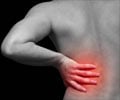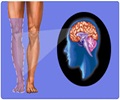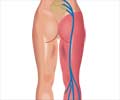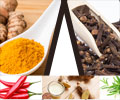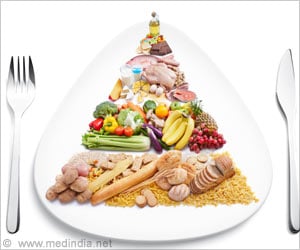The compound that gives chillies their kick in the fight against chronic pain is being used in a study by researchers at Aberdeen University.

According to researchers, their study could herald the development of new painkilling drugs.
The team looked at the mechanics of the pain gene known as substance-P which was first associated with chronic inflammatory pain more than 30 years ago.
Genes need "switches", known as promoters and enhancers, to turn them on in the right place, at the right time and at the right level.
One of the major findings of the study was that the switches do not act in isolation and need other switches to "speak to" in order to activate the gene.
Researchers spent five years looking for the switches that turn the substance-P gene on in a group of cells called sensory neurones.
Advertisement
"However, by comparing the genetic sequences of humans, mice and chickens, we were able to find a short stretch of DNA that had remained unchanged since before the age of dinosaurs.
Advertisement
Marissa Lear, head technician on the project, said: "Because the switch was active in these sensory neurones we applied capsaicin, the 'hot' chemical in curry and chilli, to see if the switch could be turned on and, amazingly, it was."
The findings are published in the journal Neurosignals.
Source-ANI

